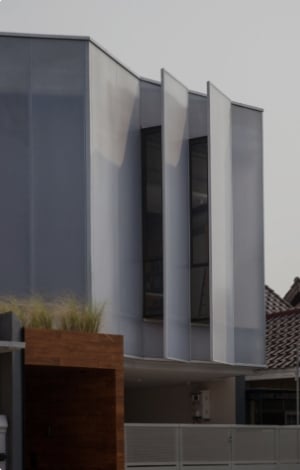Metro Manila Traffic



The transport and land use development patterns of Metro Manila are clearly derived from an automobile-dependent planning style. The traffic congestion issue, considering the urban growth patterns of sub-urbanisation, proliferation of informal settlements in city centres, and establishment of CBDs along major thoroughfares, is of high complexity caused by inefficient public transportation, dominance of private vehicles, and inadequate urban governance and policies. All of such lead to economic loss, a drain of productivity, increased hours of commuting time and reduction of economic mobility.

To consider commuting in Manila as a nightmare is an understatement. The uncertainty of waiting time is dreadful—hours in long queues that could have been allotted for family and rest after work. Hopping onto a crowded bus is like entering a war zone, fighting for standing space enough to breathe until one reaches the destination. Even booking cabs through apps would take ages due to high demand as commuters try to escape ‘carmageddon’.
Recently, Metro Manila has been throned fifth among the worst public transportation systems in the world. Based on the latest study of US-based think tank Oliver Wyman Forum and University of California Berkeley, the megacity of Manila is in doom in terms of commute speed and wait times, public transit station density, affordability and rate of utilisation by the public.
Source: FuturArc




 Indonesia
Indonesia
 New Zealand
New Zealand
 Philippines
Philippines
 Hongkong
Hongkong
 Singapore
Singapore
 Malaysia
Malaysia








